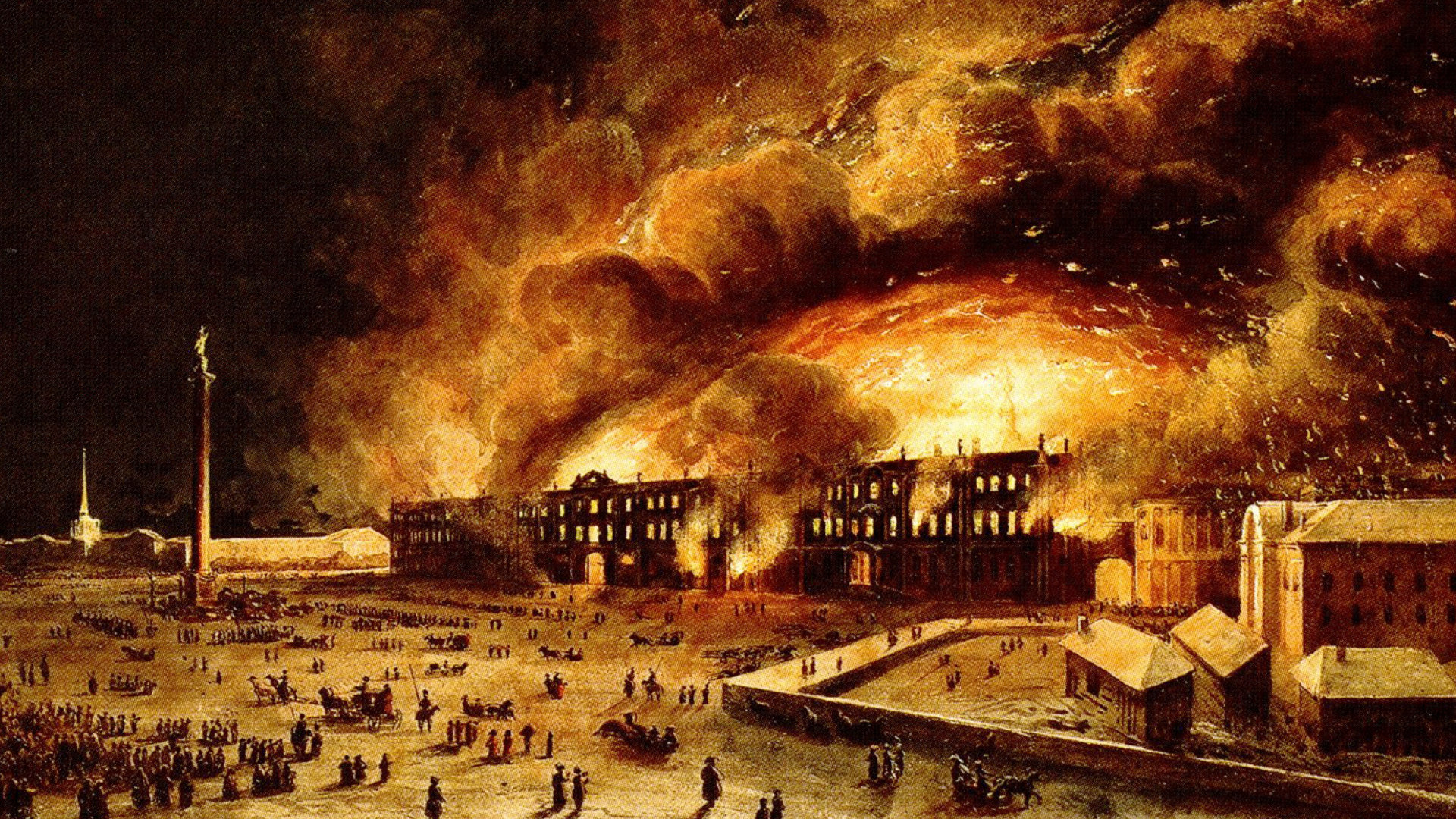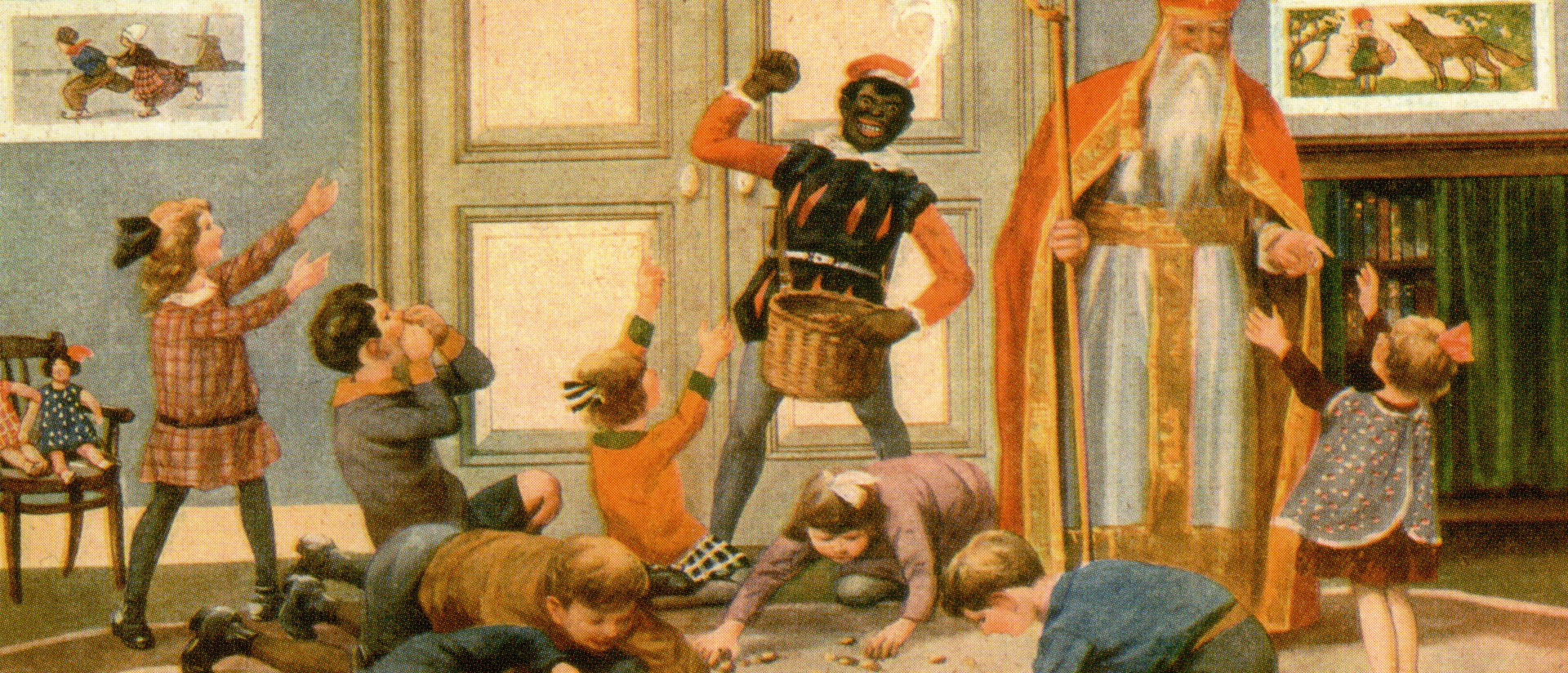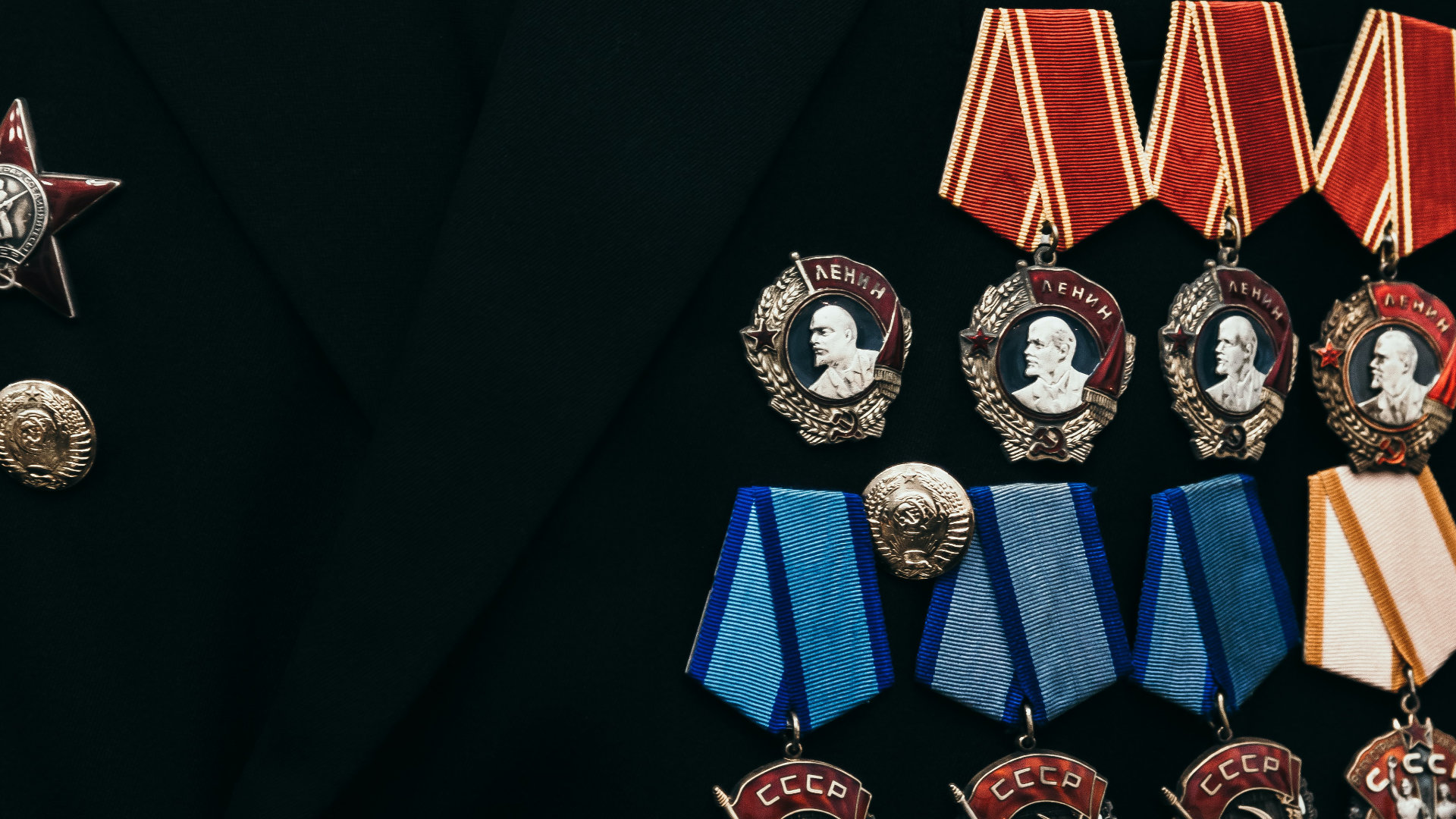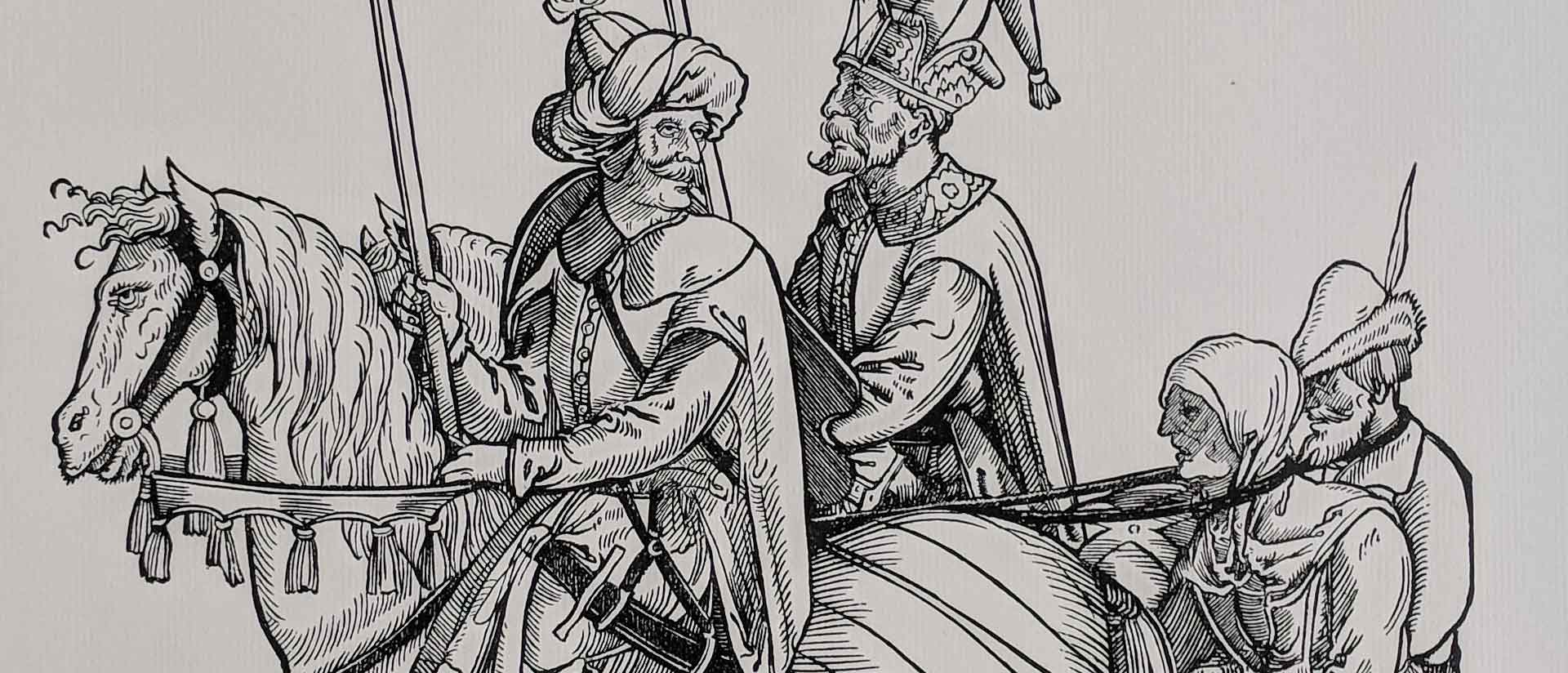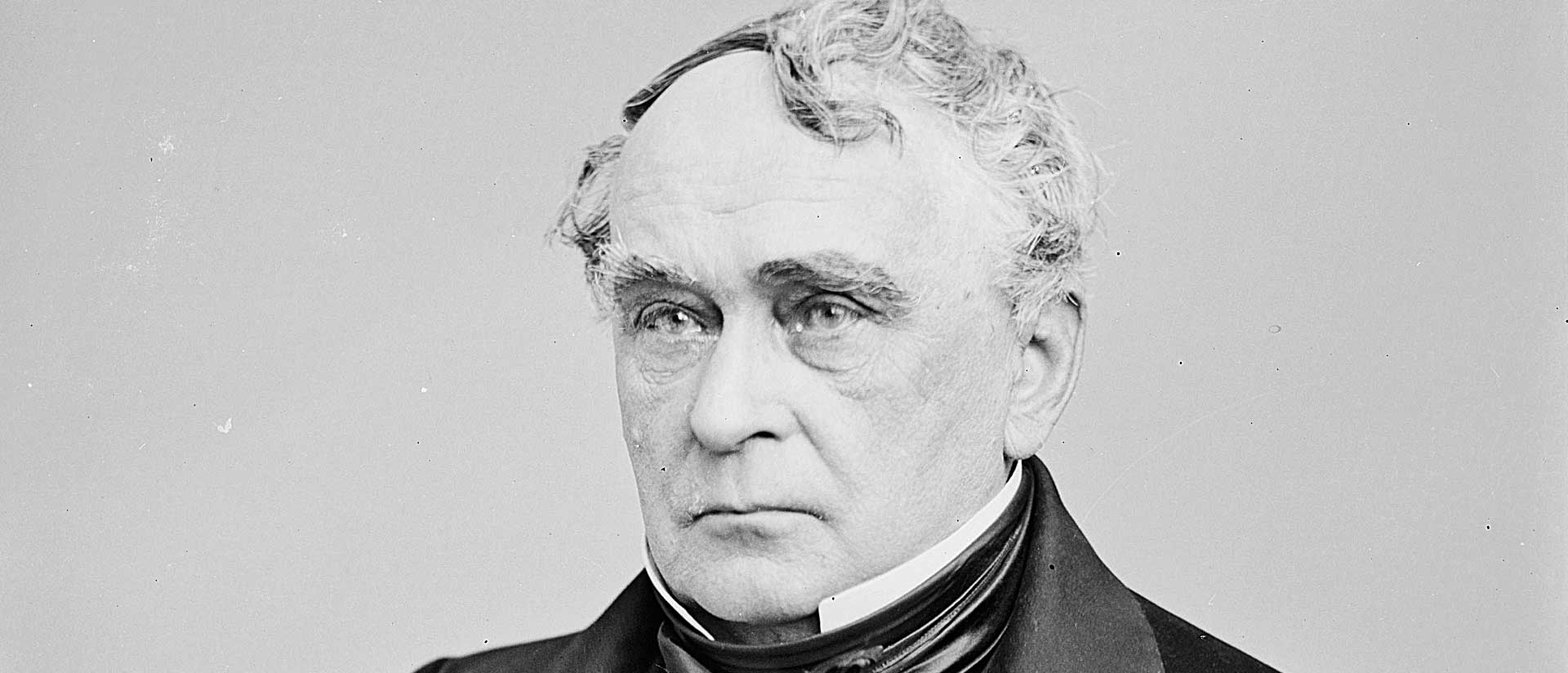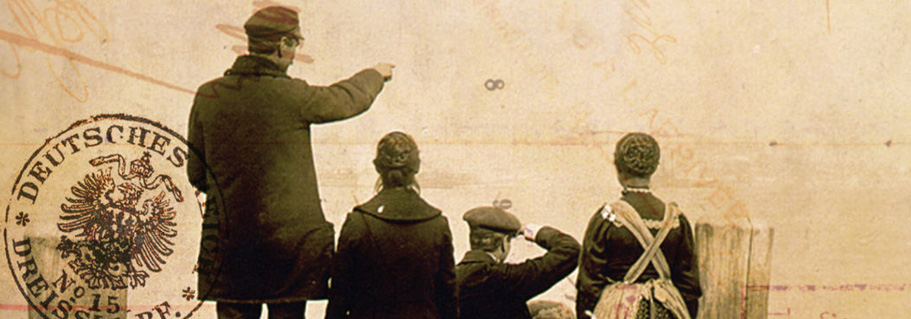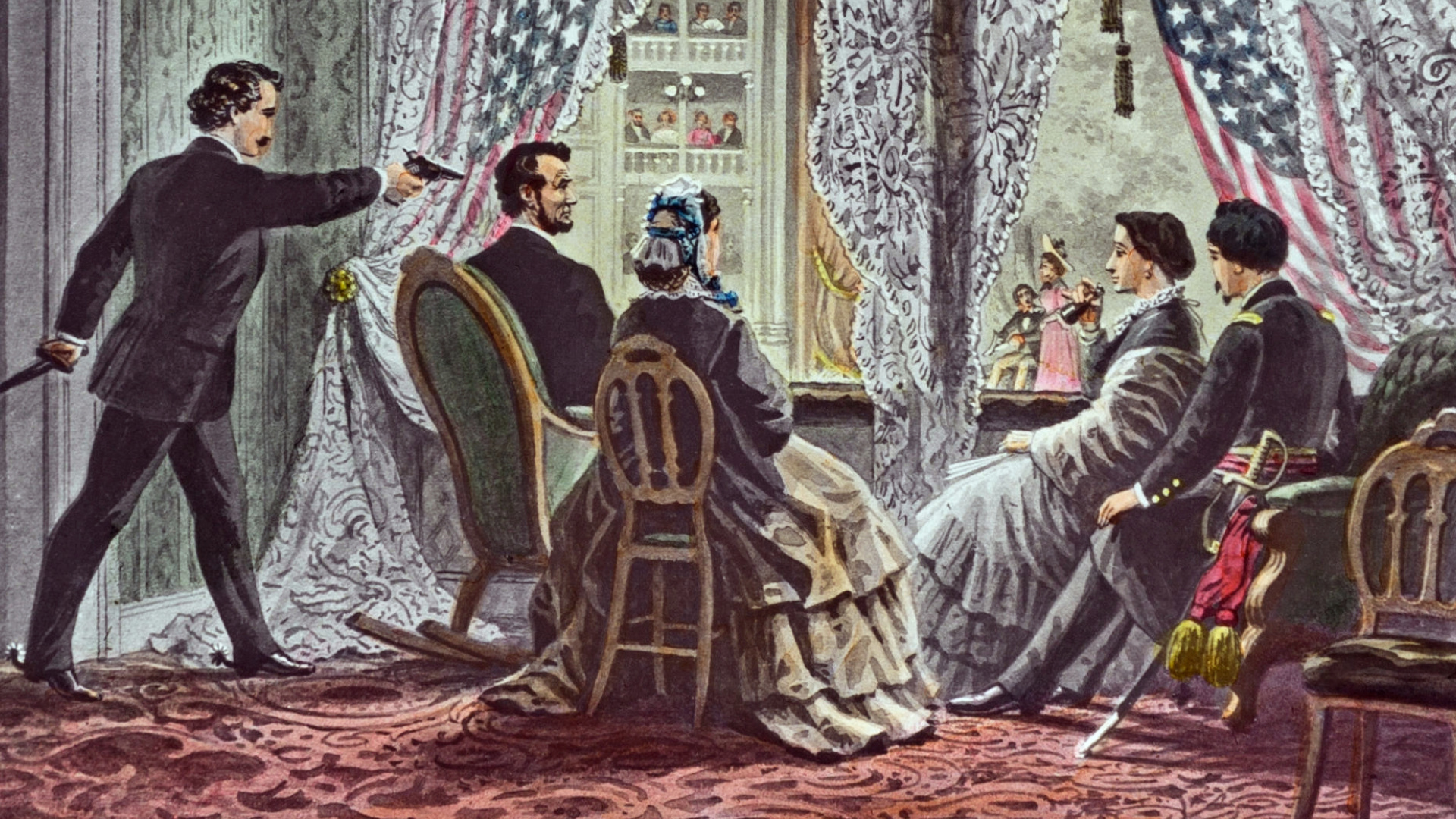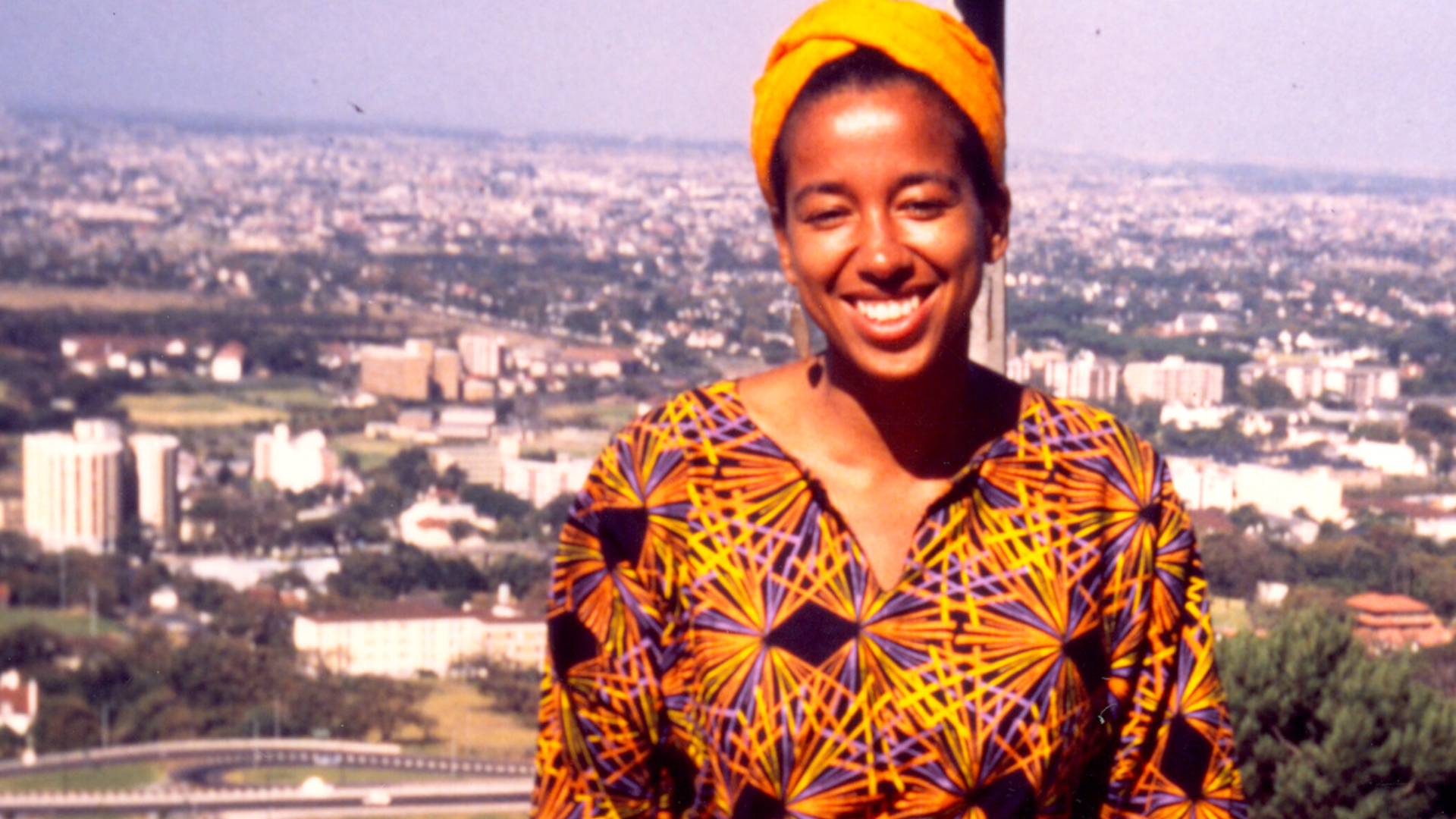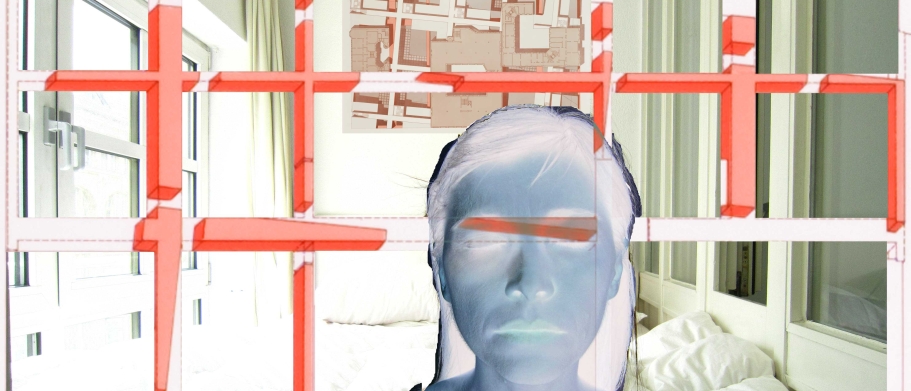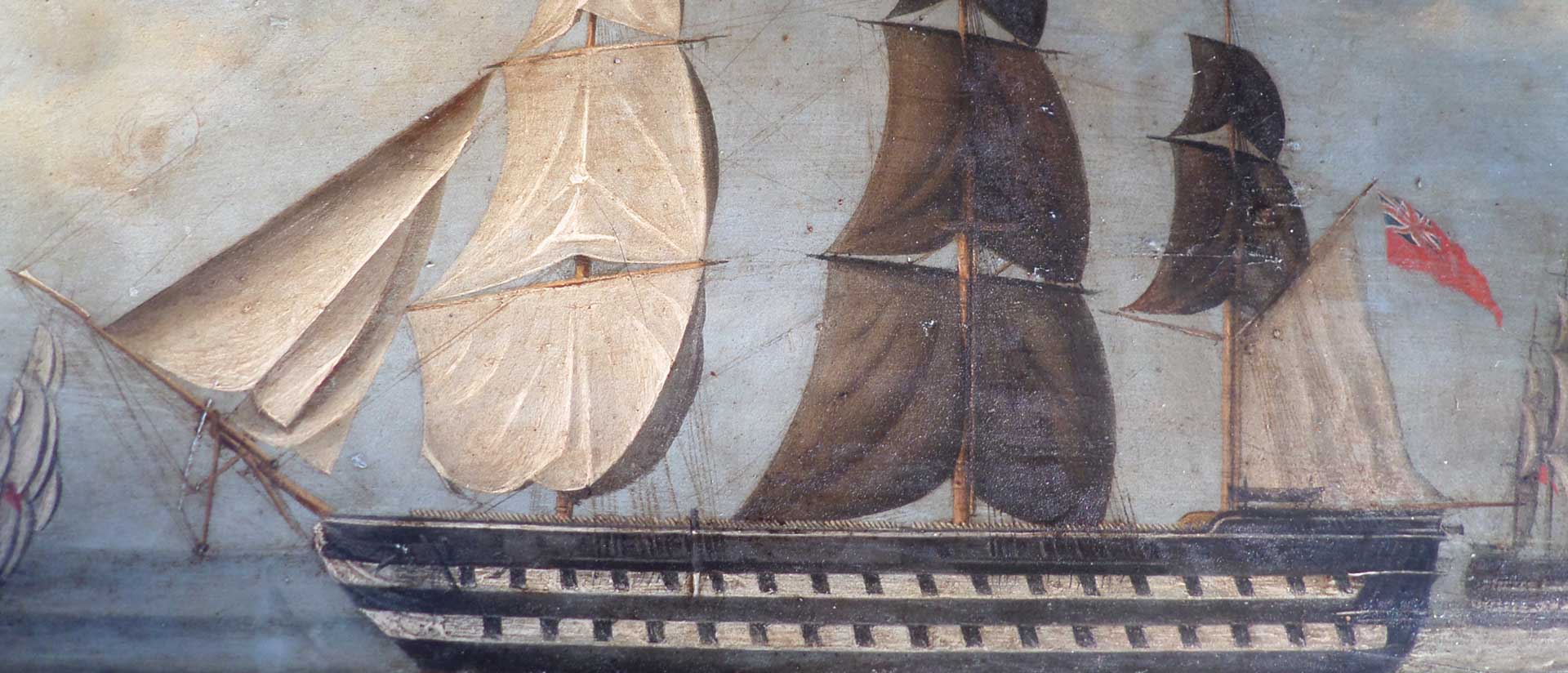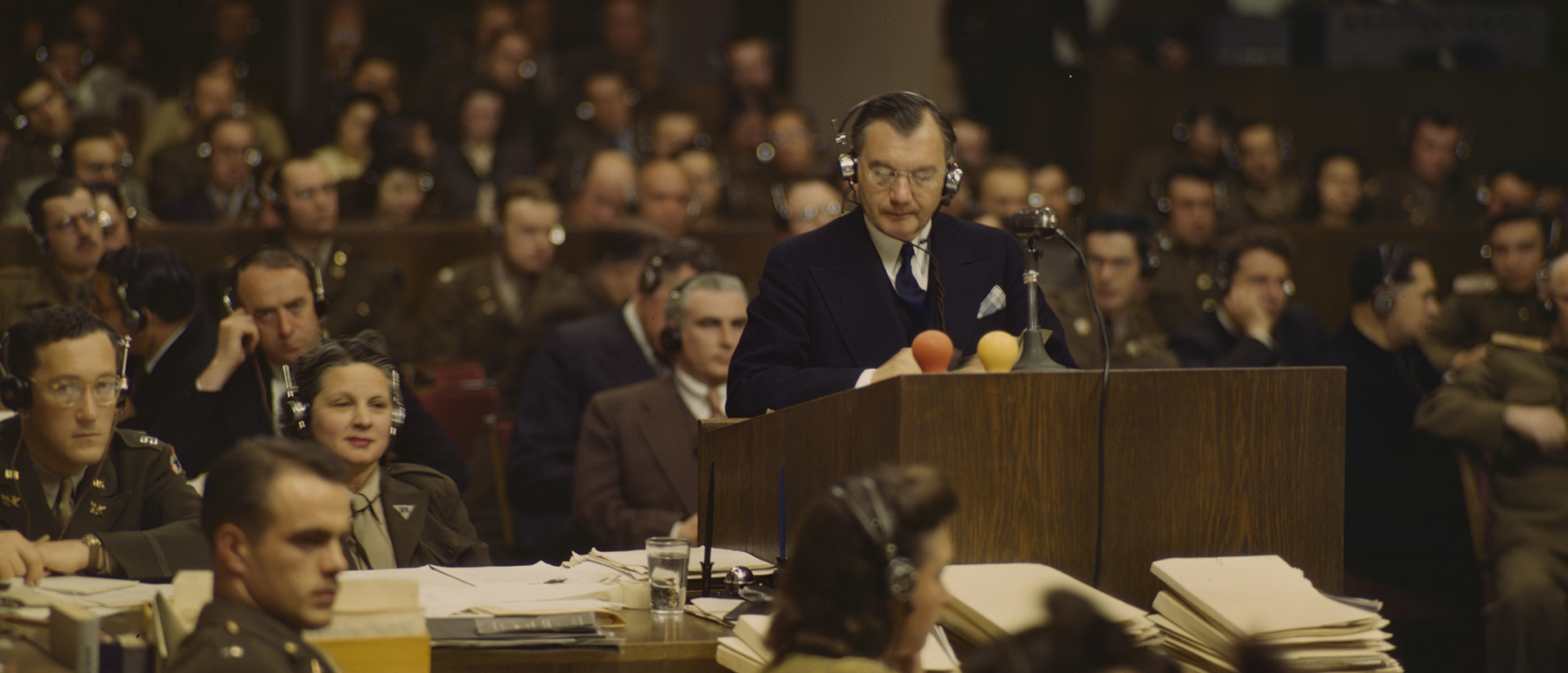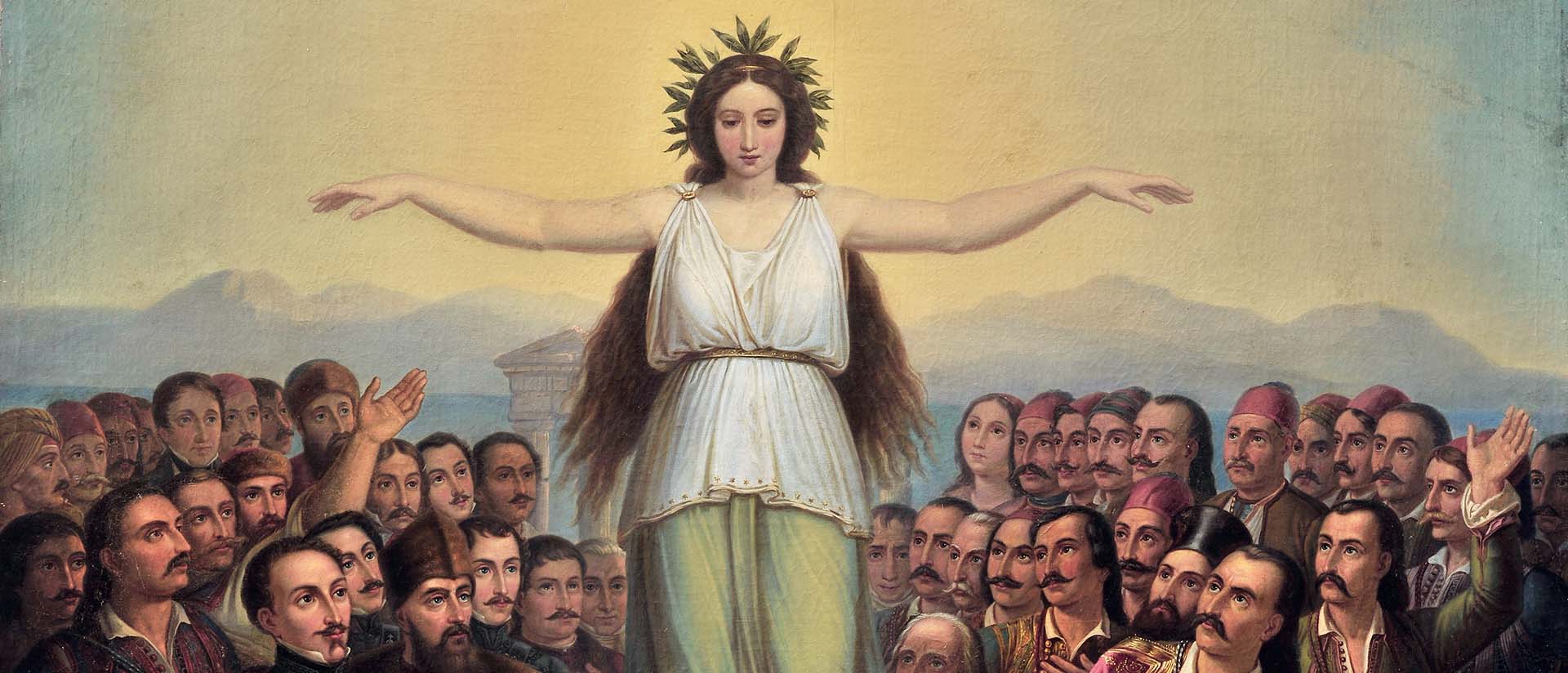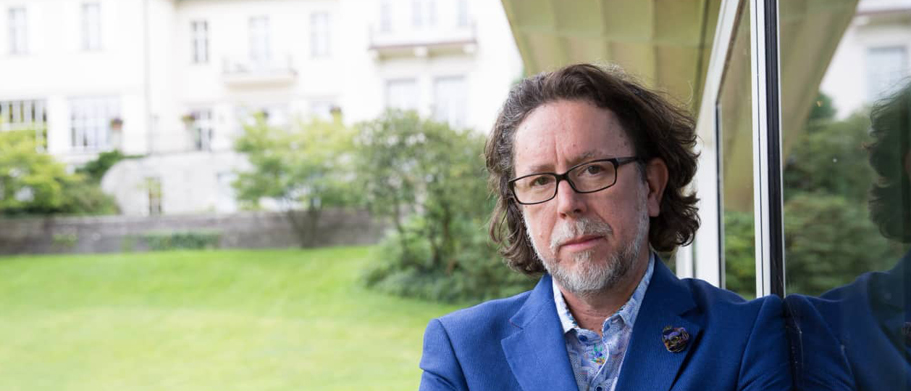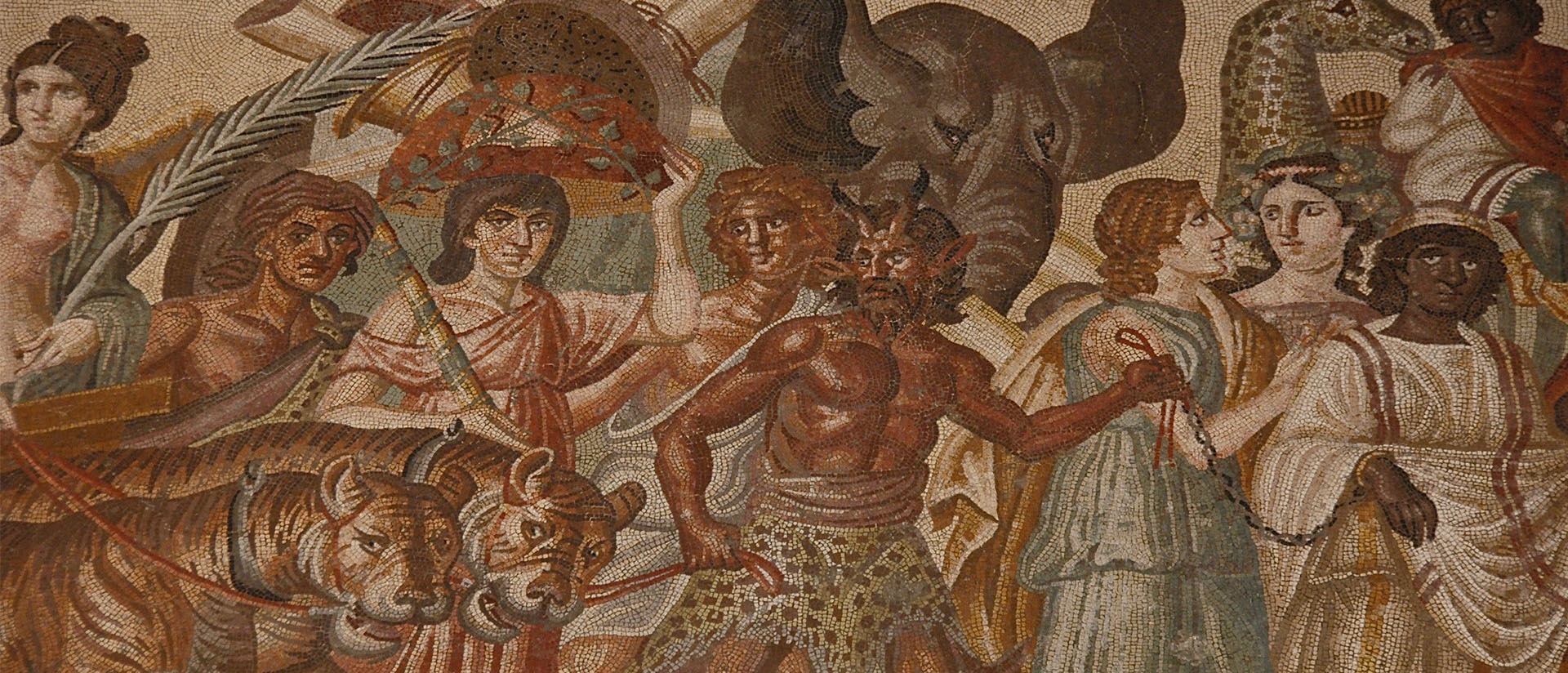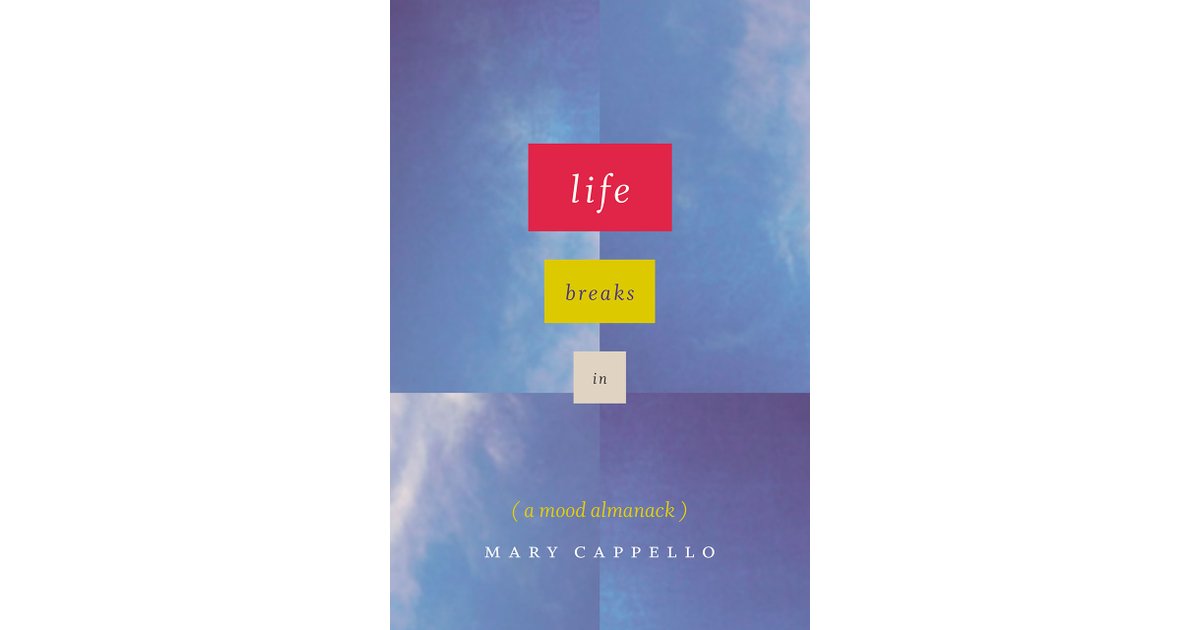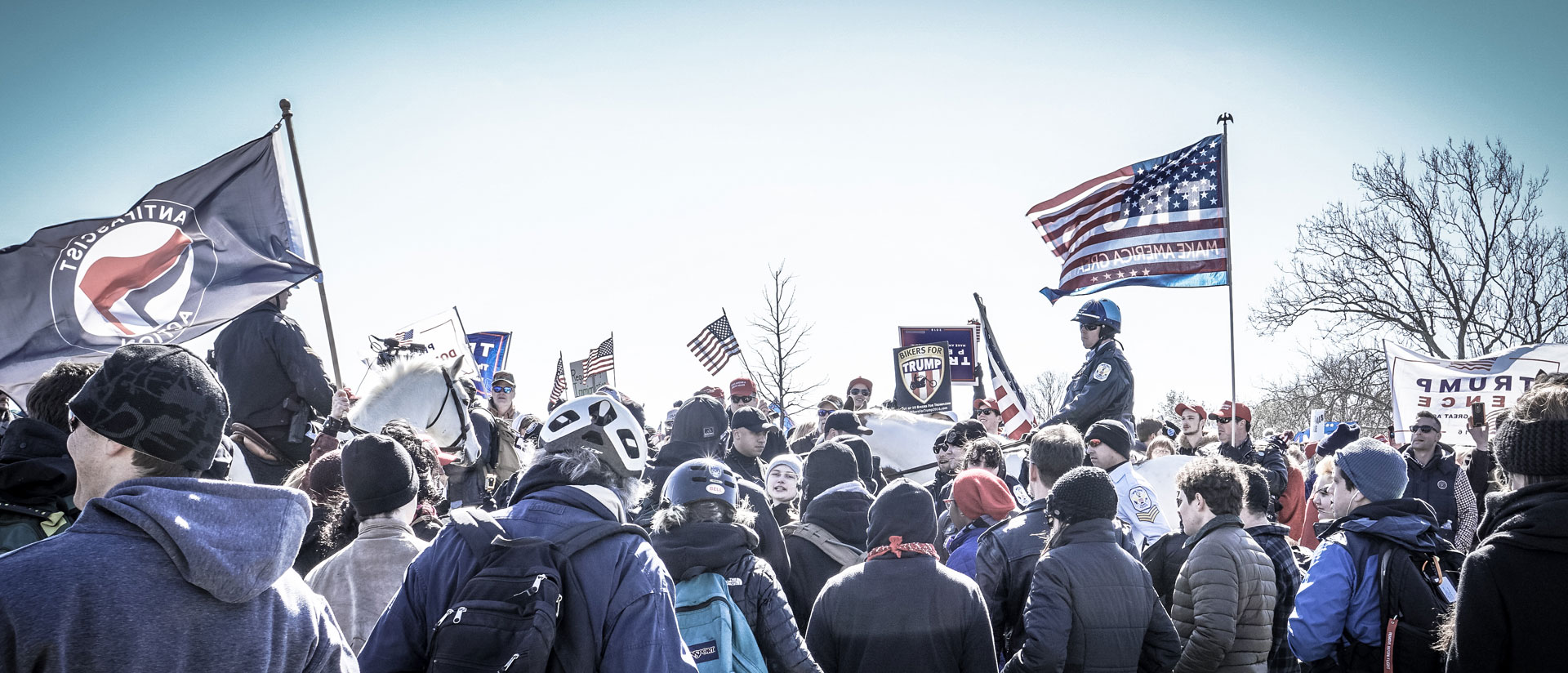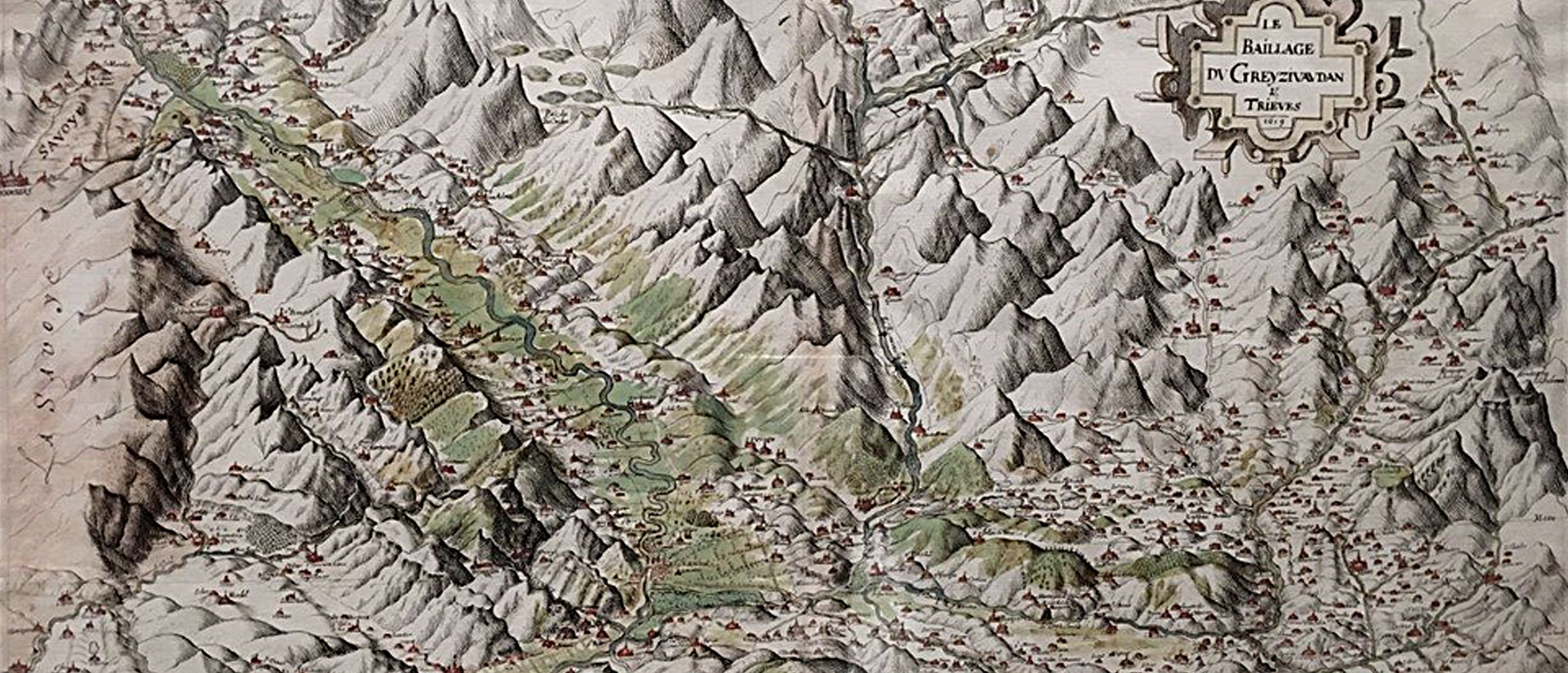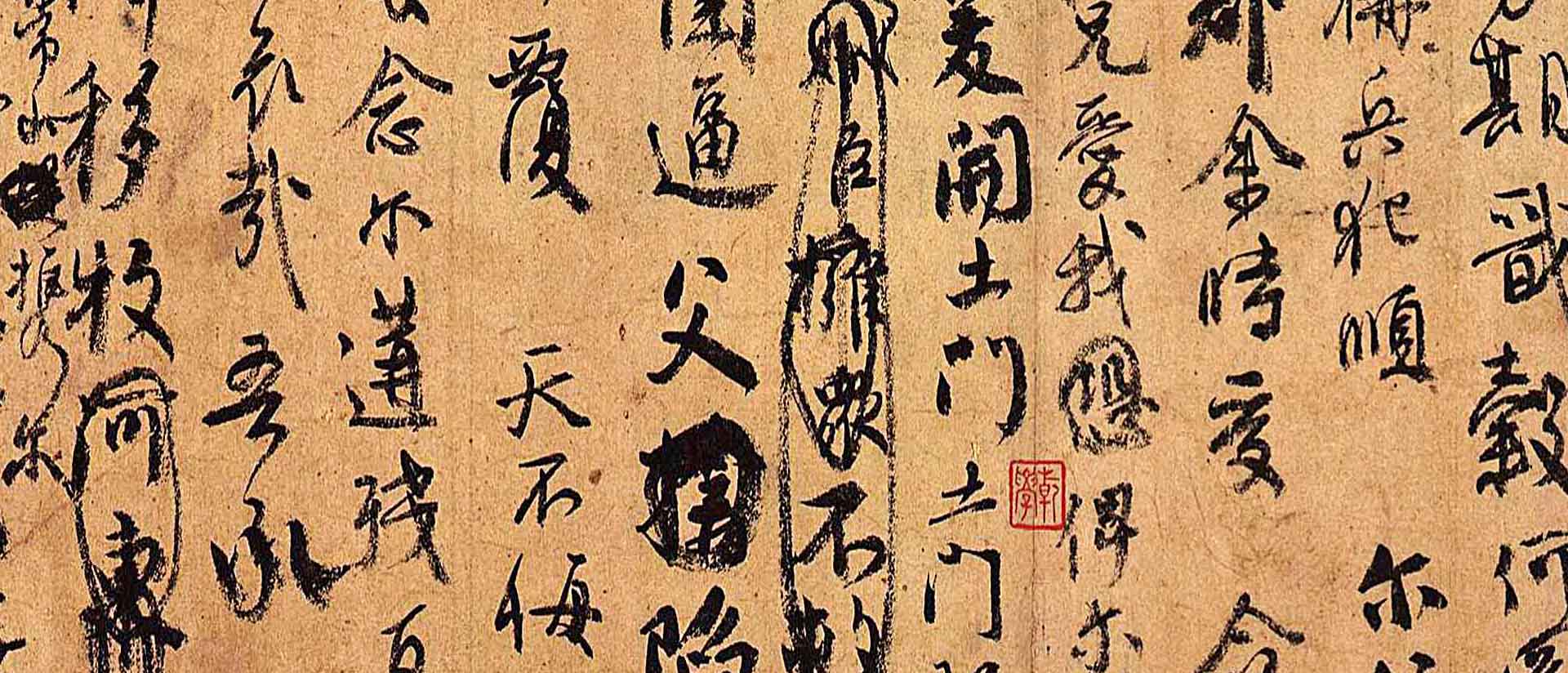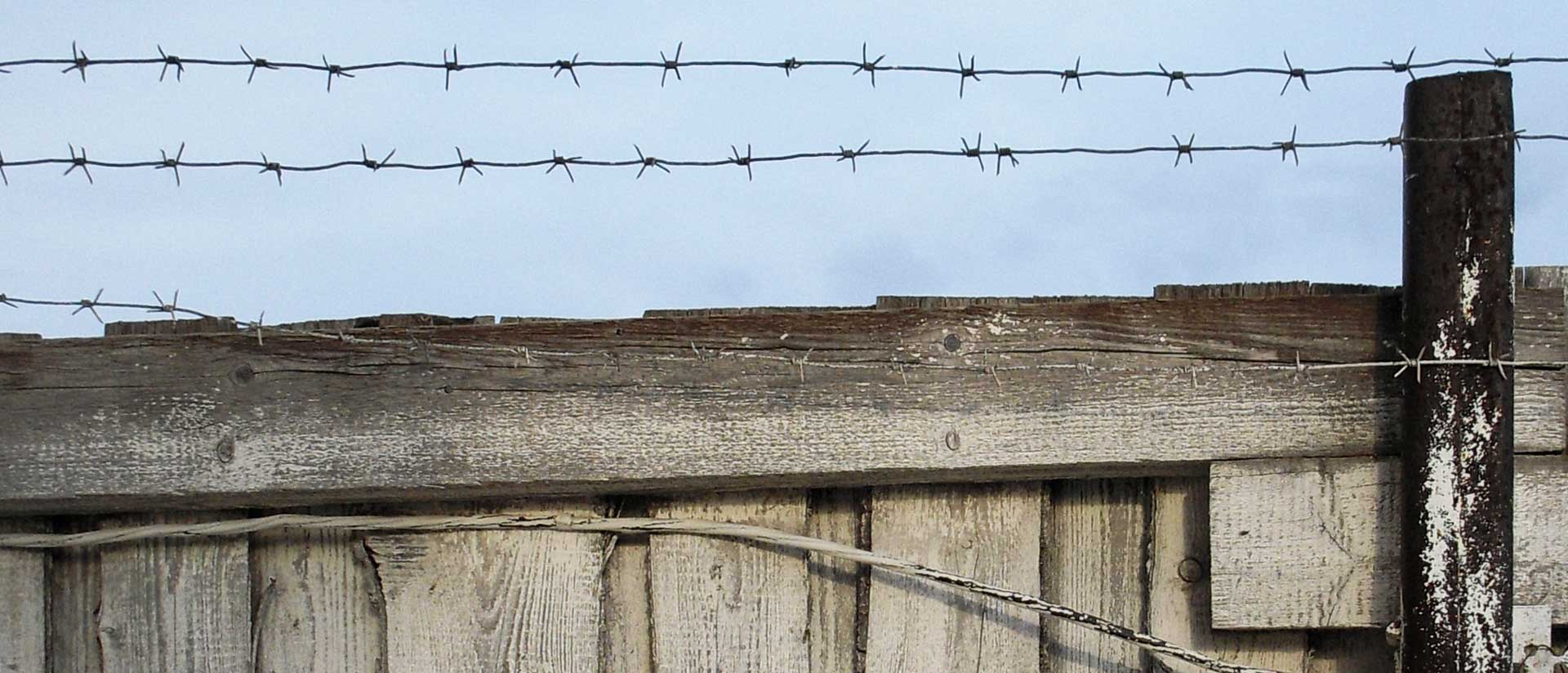
Perm-36
An encounter with Russia’s unfinished past
By Joshua Yaffa
In the later years of the Soviet Union, Perm-36—a prison camp located in the forests outside of Perm, an industrial city just east of the Ural Mountains—held political prisoners and individuals convicted of transgressions against the Soviet state. After the Soviet collapse, it became a unique historical museum. The brainchild of a group of local historians and enthusiasts, this memorial complex and civic platform became a forum for discussing not only the history of the Gulag and political repressions, but also the lessons and implications of those events for the present day.
On the day of my visit to Perm-36, on a gray and windy day in the spring of last year, a film of melting ice covered the center of town. But as I drove out of Perm itself, toward the site of the onetime prison, that slush gave way to forested slopes covered in the clean white snow of midwinter. The monotony of the Russian countryside can be disorienting, but in the hypnotic, even calming sense of deep meditation: the snow, the trees, the wooden houses with wisps of black smoke snaking their way to a heavy sky, could have placed me anywhere in the thousands of miles of expanse between Smolensk and Khabarovsk.
I entered the museum—or, just as fair to say, the prison—as visitors did in the 1970s and 1980s: through a heavy door that leads to a corridor walled off with iron bars, where guards would inspect people coming and going. Having made my way through the passageway of metal gates, I walked out into the prison yard, an open expanse of low-slung buildings encircled by a series of perimeter fences. A shabby wooden fence, topped with a ring of rusted barbed wire, stood before a taller, much more solid metal one. (As museum guides always mention, there was not a single successful escape at Perm-36.) An empty guard-tower watched over the grounds, covered in a knee-high casing of snow.
As I walked around Perm-36, I couldn’t help but reflect on the experience of postwar Germany, where questions of historical guilt, responsibility, and memory have long since become defining aspects of the national culture. A comparison with one of the Nazi regime’s concentration camps, now remade as a memorial and museum, felt inevitable. Both Perm-36 and a place like Dachau, or Auschwitz, in Poland, function as memorial complexes and museums, set on the immediate site of camps set up and run by totalitarian regimes. The ultimate function of Auschwitz, of course, was the murder of its prisoners; Perm-36 was meant to isolate and punish those the state considered its enemies, but, unlike the Soviet camps of the 1930s, did not seek their physical destruction.
As I walked around Perm-36, I couldn’t help but reflect on the experience of postwar Germany, where questions of historical guilt, responsibility, and memory have long since become defining aspects of the national culture.
For the purposes of historical memory, the more meaningful distinction is that, whereas today’s Auschwitz is representative of a broader societal consensus in Europe, part of a collective effort to remember and draw lessons from the recent past, Perm-36 was more discordant—it stuck out to me because of its rarity. It was not one among many such sites in Russia; it did not slot into nationwide educational and civic programs on the subject of repressions, because such programs did not exist. Perm-36 was an anomaly, and, set in a forest several hours from the nearest city, a hidden one, at that.
The experience of how postwar Germany and post-Soviet Russia have confronted and tried to exorcise—or not—the demons of their respective histories could not be more opposed. The reasons are multitude, and, in a way, obvious. Much less time has passed since the fall of the Soviet Union than the end of the Nazi regime, which lasted fewer decades than Soviet rule. Postwar Germany had been defeated militarily and was under foreign occupation—which made possible many of the prosecutions of former Nazi officials accountable for mass crimes. No outside force administered Russia in its transition, and no legal processes were ever held to sort through the responsibility of officials from the Communist Party, KGB, and other organs. Nor did such attempts at making sense of collective guilt and shared trauma take place in society itself, at least not in a coherent way, recognized by all.
But perhaps the most important factor was the nature of Soviet repressions: they were directed at enemies within, whether supposed traitors and spies within the Communist Party or would-be saboteurs and “wreckers” on the factory floor. “If the Nazi Holocaust exterminated the Other, the Soviet terror was suicidal,” writes Alexander Etkind, a professor at Cambridge University, in Warped Mourning (2013), his probing work on how modern Russia remains haunted by its unfinished examination of the past. This dynamic, of the Soviet terror’s cannibalistic quality, reached its absurd culmination in 1992, during the one attempt, which ultimately failed, to denote the Communist Party a criminal organization. As part of the trial, its lawyers argued that since party members disproportionately suffered from repressions, the party had already been punished. Party members were both executioners and victims in the same historical process, the argument seemed to go, so let’s just call it a draw. Etkind describes how the “self-inflicted” nature of Soviet terror complicates the impulses that usually appear after violent societal catastrophe: striving to understand the calamity, mourning for its victims, and yearning for justice.
Making such catharsis even more difficult is that in the Soviet Union people were killed or imprisoned for reasons that did not comport with observable reality, thus making understanding all the more illusory. As Etkind notes, a Jew caught in the Holocaust understood himself as a Jew; he recognized the category and his belonging to it, even if he obviously did not find this a reason to exterminate him. But who was a kulak? An enemy of the people? A counterrevolutionary element? These were paranoid fictions that did not exist in a person’s actual life, yet carried deadly meaning. Historian Mikhail Geller writes, “The difference is that in Hitler’s camps, the victims knew why they were killed.” Those who perished in the Gulag, however, “died bewildered.” It is that bewilderment, that inability to explain—except for pure chance—who lived and who died, meant that all those who took part in the Soviet project were in some way implicated. Just as the victim could not be seen as the Other, neither could his executioner. In 1956, after Stalin’s death and the emptying of the Gulag, the poet Anna Akhmatova observed: “Now two Russias are eyeball to eyeball. Those who were in prison and those who put them there.”
When I was in Perm, I heard a story of how, in the mid-1990s, a group of German university students came to Perm-36 as volunteers, to help with repair and construction projects. They were a motivated, enthusiastic bunch, full of well-intentioned notions of memory and historical justice. A former political prisoner turned human-rights activist named Sergey Kovalev was there, too—he came often to work through ideas with the museum’s founders and offer up old memories. The German students began to ask him about his time as a prisoner at Perm-36, and he told them stories of how he was sent to the punishment cell for an unfastened shirt button. Kovalev called over someone else who worked at the museum, Ivan Kukushkin, a bearded and lumbering man in his fifties. The two shook hands warmly. “Tell them, Kukushkin,” Kovalev said.
As Kovalev explained, Kukushkin was a former guard at Perm-36, and had watched over Kovalev during his years as a prisoner, and had even ordered him to the punishment cell more than a few times. He still lived in the village near Perm-36, and had reinvented himself as the museum’s security guard, and did some odd jobs around the property. He helped reconstruct the room where prisoners were inspected for contraband and forbidden materials. Kukushkin was honest, and a hard worker, and had the respect of the museum’s founders, even Kovalev. He answered Kovalev’s question by saying he only sent him to the punishment cell for good cause, which he went on to explain was “discipline.” It wasn’t that Kovalev had necessarily done anything wrong—or maybe he had; that wasn’t important—but the camp bosses said he should be sent off to the punishment cell and so that’s what Kukushkin did.
The German students were stupefied. They seemed deeply upset, and wanted to leave Perm-36 immediately. It wasn’t the story of Kukushkin following orders that so disturbed them, but the handshake the two men shared, their bonhomie. Kovalev tried to explain that Kukushkin was not a sadist or a torturer, or a guard at Auschwitz. “He didn’t chase people to their deaths in gas chambers or shoot them in the middle of the prison yard,” he said. Kukushkin, rather, was back then a young guy trapped by circumstance and zombified by Soviet propaganda. If anything, Kovalev empathized with him. When you think about it, Kovalev went on, “his status wasn’t much higher than ours, he was not really a free man, but captive to the same whims of the camp administration.” He lived in barracks that weren’t much different from those housing prisoners, and, for the most part, ate the same lousy food on which nearly everyone in the Soviet Union subsisted at the time. “In a certain sense we shared a common fate.” The Germans were not convinced; they were bound by strict, categorical norms, an ethical prism born of Germany’s admirable—if often inflexible—attitude to totalitarianism and those who serve it. A political prisoner and his guard should not shake hands, and from that flows a whole way of seeing the world.
He lived in barracks that weren’t much different from those housing prisoners, and, for the most part, ate the same lousy food on which nearly everyone in the Soviet Union subsisted at the time.
Kovalev tried one last argument. He told the German students of the time, before his arrest, when he was a researcher at a biophysics institute in Moscow. He depended on the institute’s in-house workshop to make him microelectrodes, detailed parts that he needed for his experiments. There was always a long wait, months that could stretch on to infinity—which could be circumvented if you gave the guys at the workshop a bit of booze. So Kovalev would fill out procurement orders with descriptions of experiments he had no plans to ever carry out, but which required several liters of laboratory-grade spirit. He’d pour it into smaller bottles and bring them to the workshop as a bribe to get the parts he actually did need. “If life is arranged this way, if I can’t carry out my scientific work without theft, then how can I judge Kukushkin?” Kovalev asked the Germans. “I can’t look at him from on high when I’m part of the same system. I’m just as implicated in lies.”
The German students nodded, but Kovalev wasn’t sure they understood.
Image: detail from Gulag Perm-36 (Kuchino near Chusovoi, Russia). Photo: Wulfstan. Courtesy CC1.0

